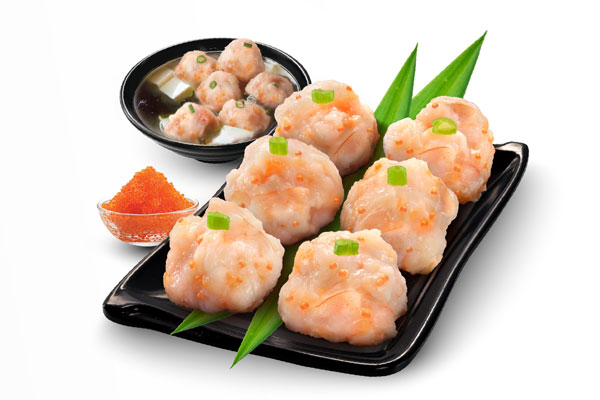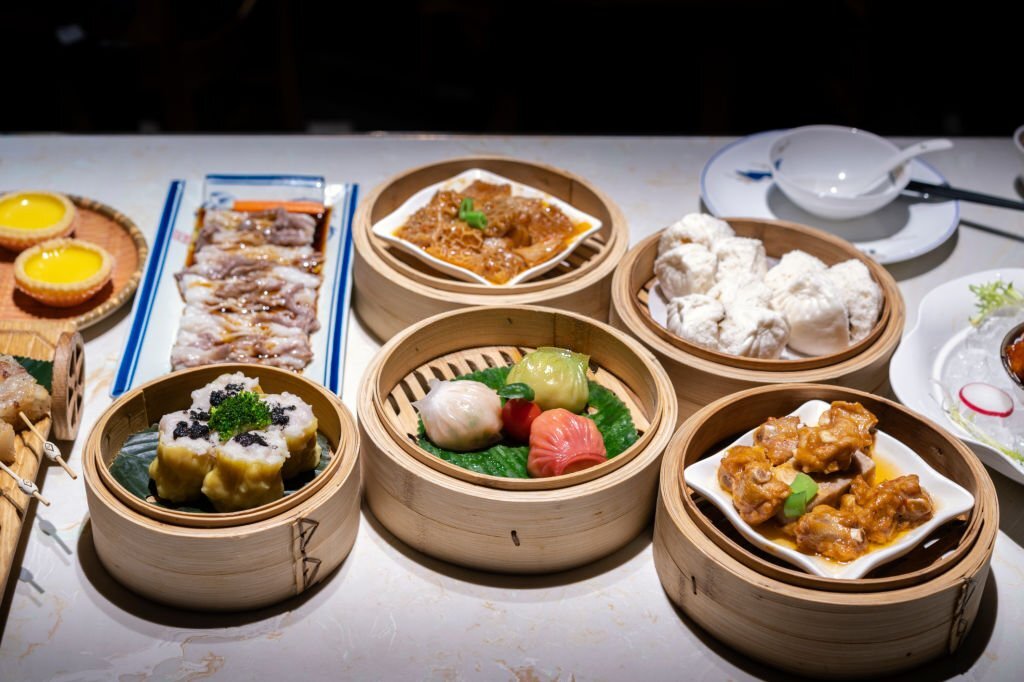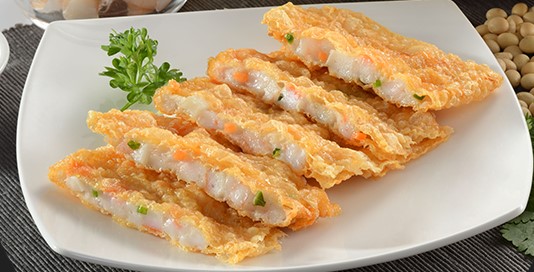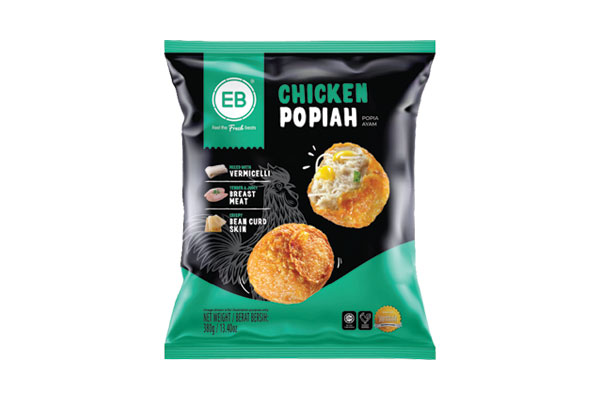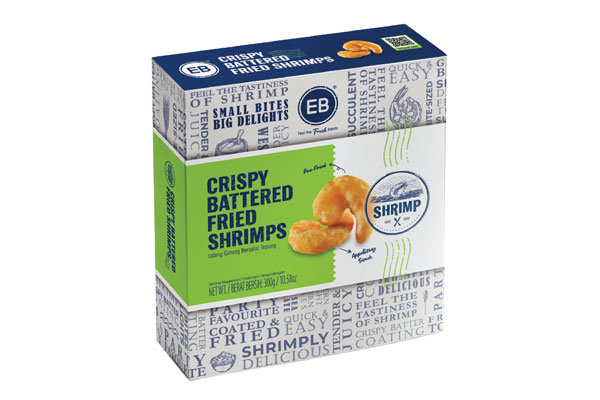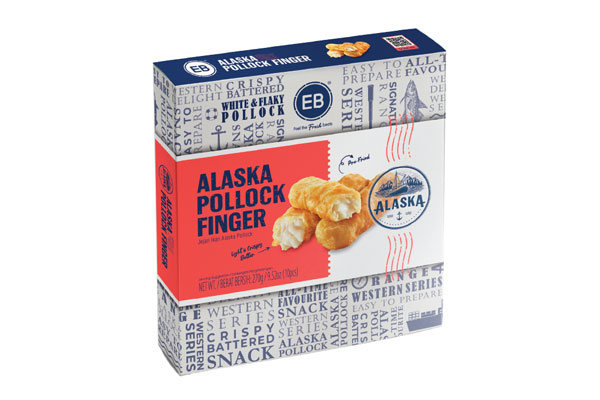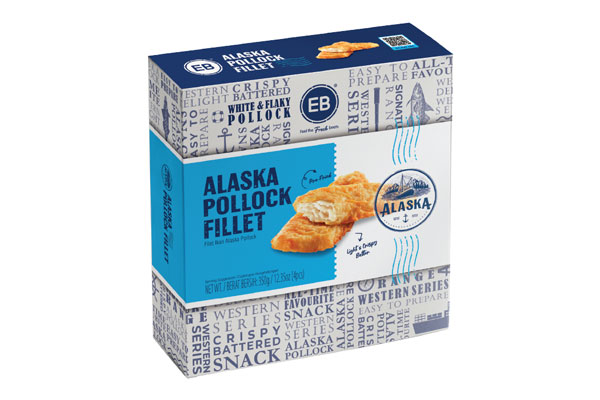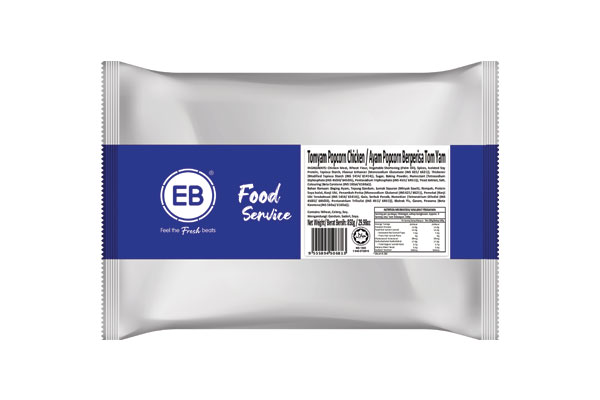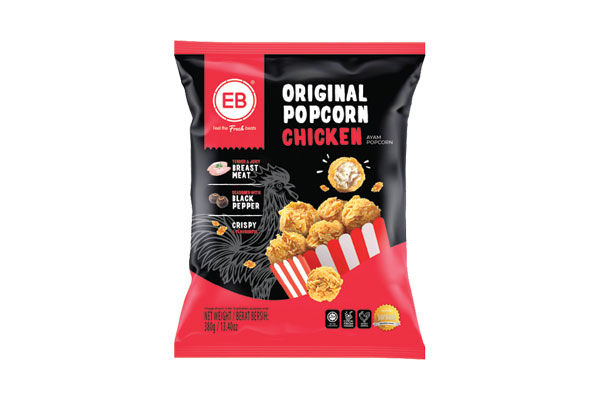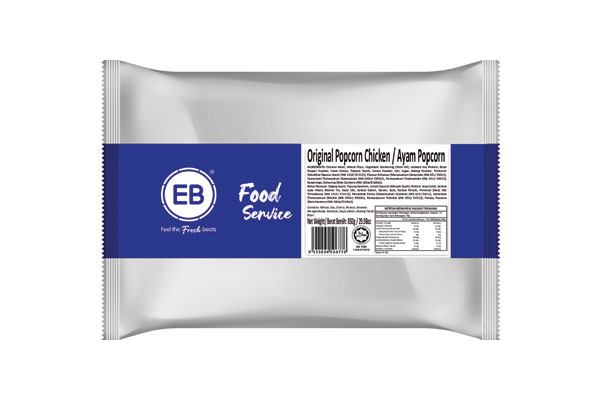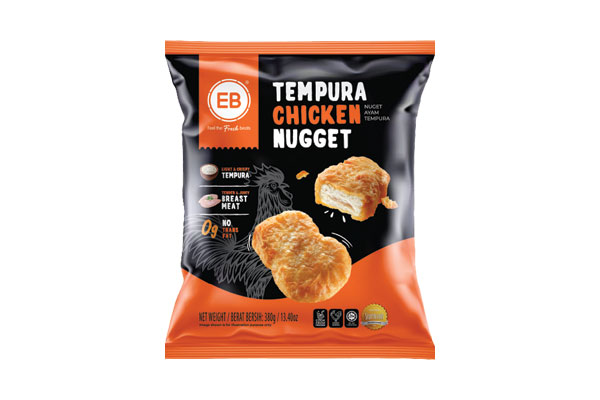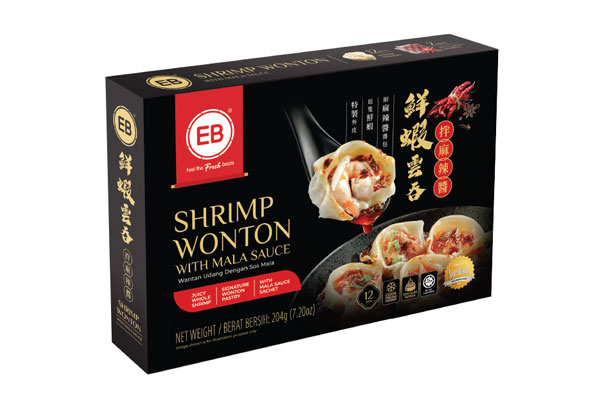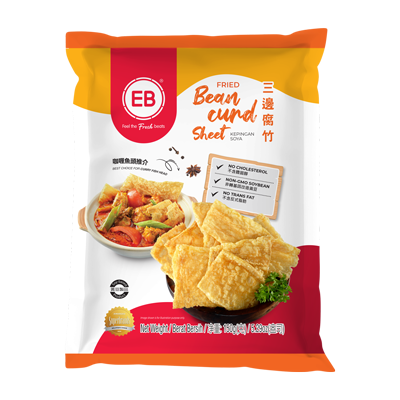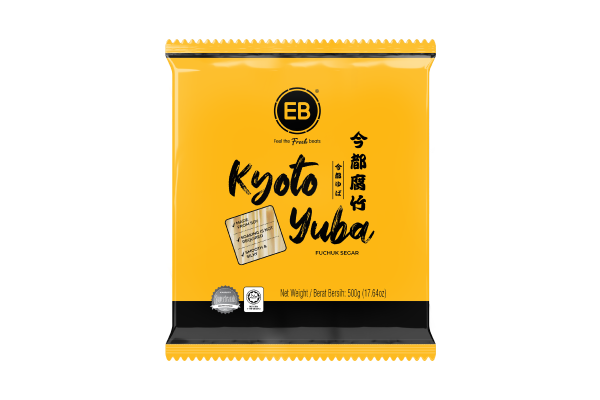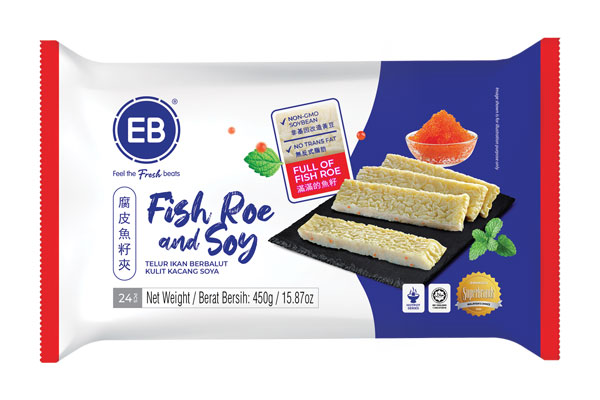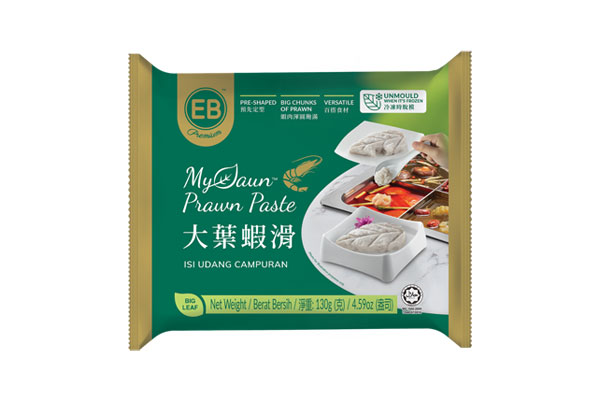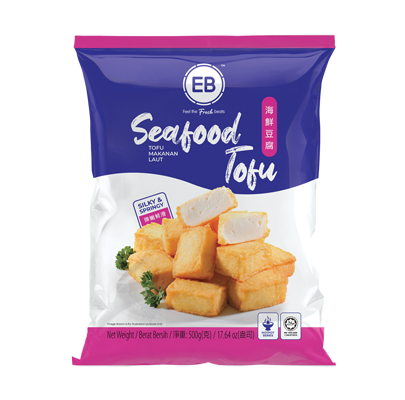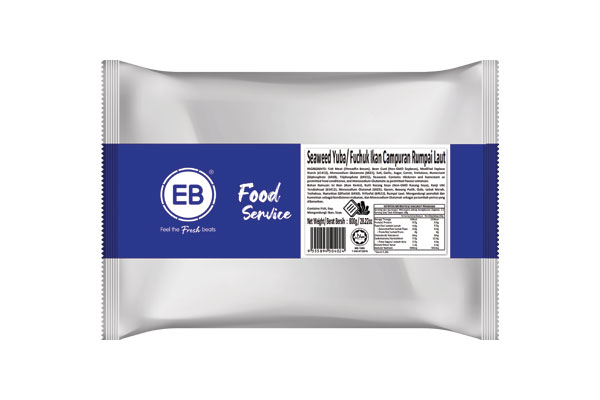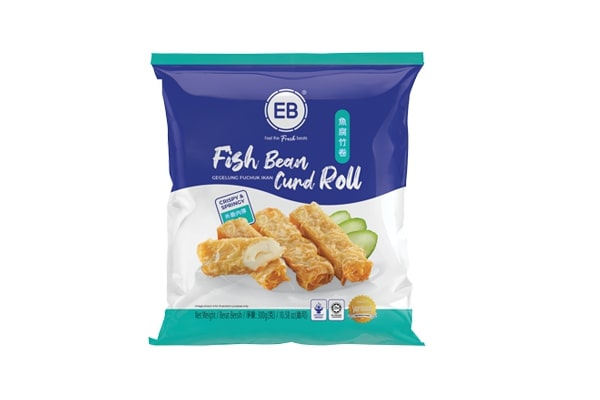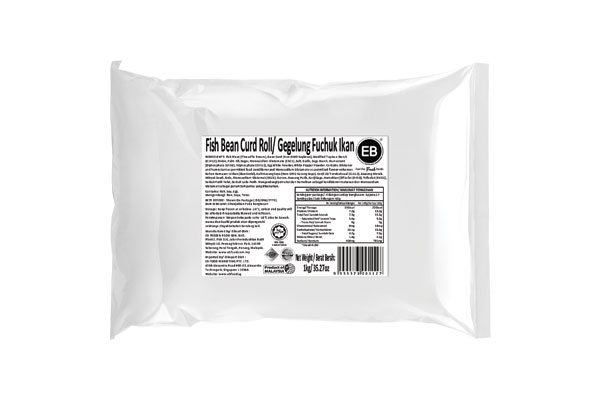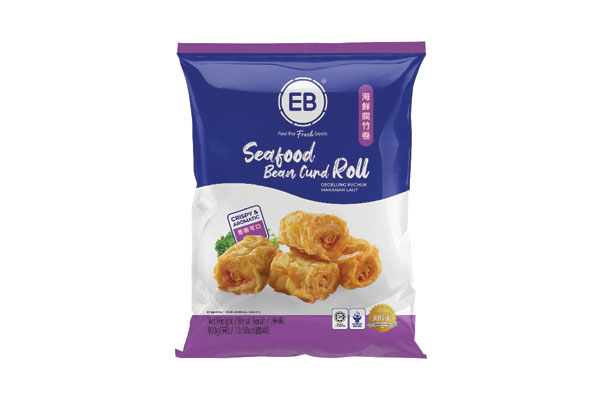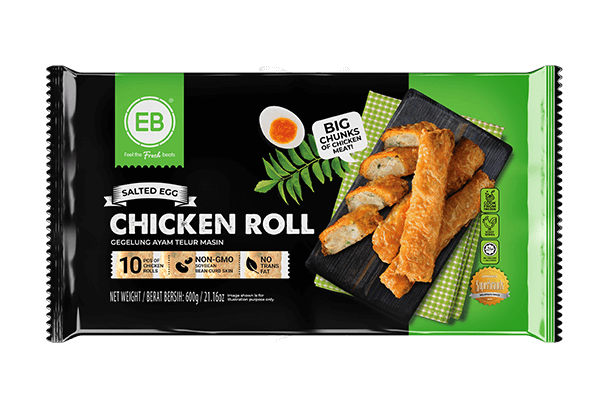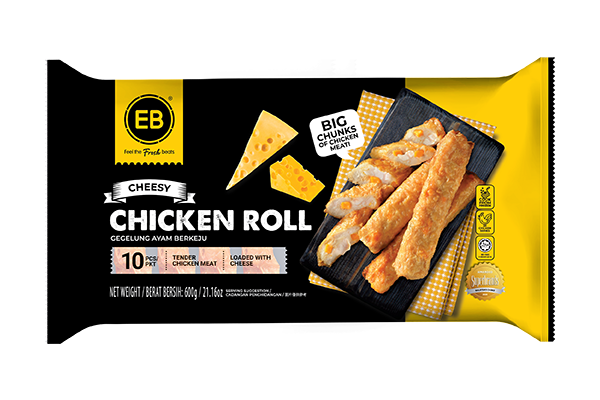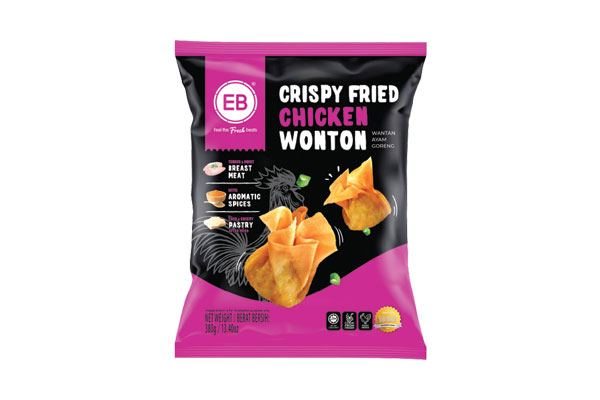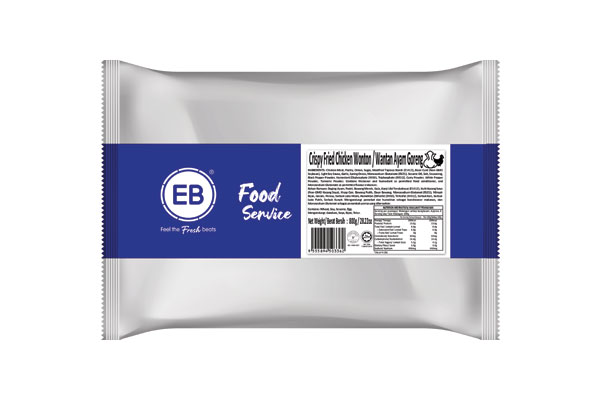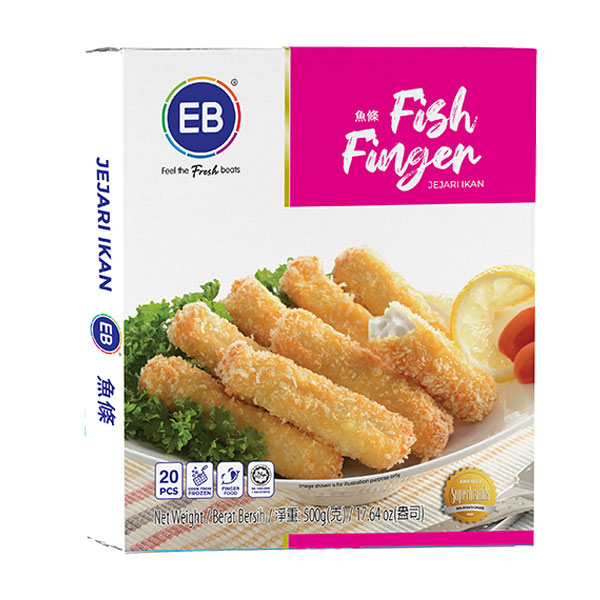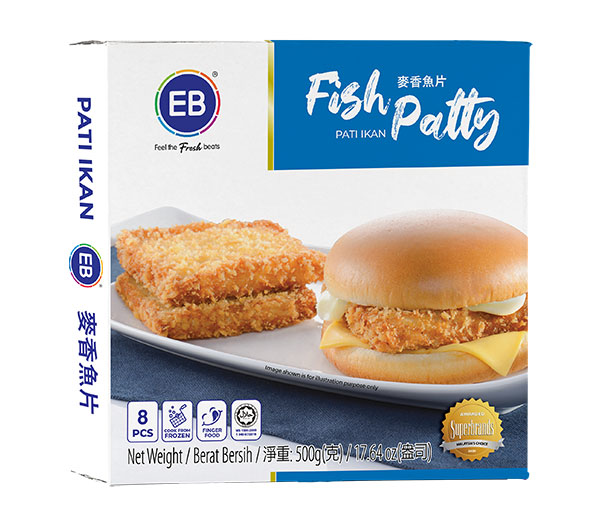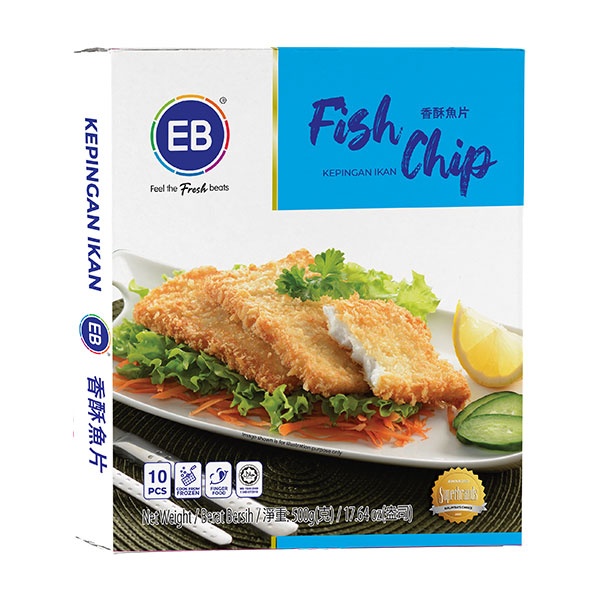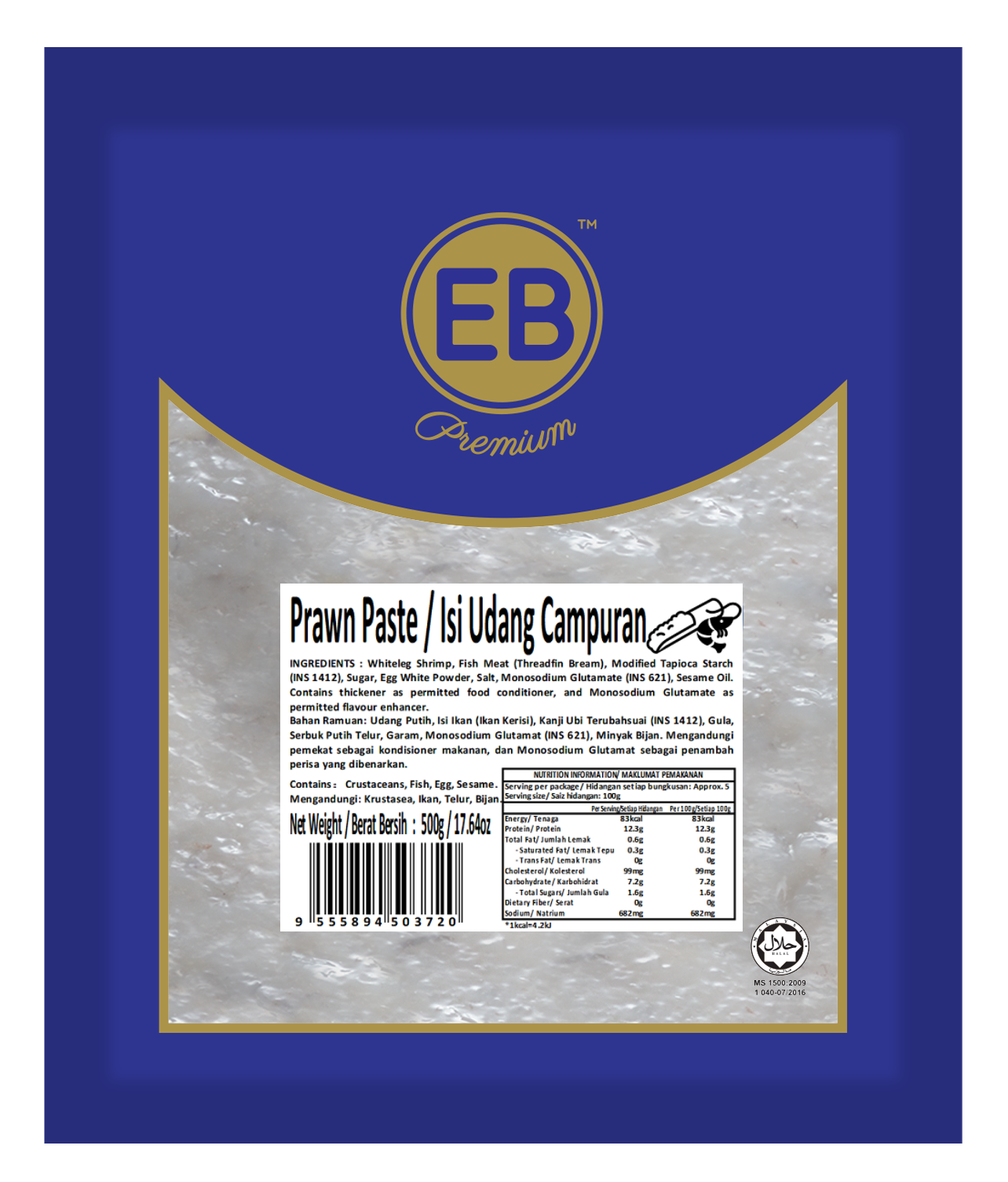Dim sum refers to small, bite-sized foods served in bamboo steamer baskets or on small plates, and it is a Cantonese expression. Dim sum means “to touch the heart” in Chinese.
Steamed, roasted, or fried, these little quantities of food can be savory or sweet. The portion of dim sum is usually small, and there are a great variety of dim sum dishes with different tastes and flavors to choose from.
For instance, Cantonese dim sum has a very diverse range of flavors, textures, cooking styles, and ingredients. They can be divided into regular items, seasonal offerings, weekly specials, banquet meals, holiday dishes, house signature dishes, and travel-friendly meals. They can also be broken down into breakfast or lunch foods and late-night snacks.
In most dim sum restaurants, there are several dozen different foods to choose from. However, tea is equally important and must be present. Many Cantonese restaurants start serving dim sum as early as 5 a.m., while more traditional restaurants don’t start serving dim sum until the middle of the afternoon.
Customers are served dishes from steam-heated carts in dim sum restaurants, which is a unique serving method. Restaurants are now serving dim sum for dinner and selling a la carte dim sum items for takeout.
Some chefs develop innovative fusion-based dim sum and halal dim sum dishes in addition to conventional dim sum. For example, dumplings and buns shaped like animals, for example, come in versions that look good on social media.
Phoenix claws (Fung Zao) or chicken feet may appear strange at first, but they become a local delicacy after being deep-fried, boiled, marinated, and steamed. The soft, sticky tendon beneath the skin is flavored with black bean sauce.
For any Cantonese family, rice noodle rolls (Cheong Fun) are a must-have breakfast. Beef, eggs, and shrimp are folded into wide steamed rice noodles. A dash of sweet soy sauce is usually added to enhance the flavor.
